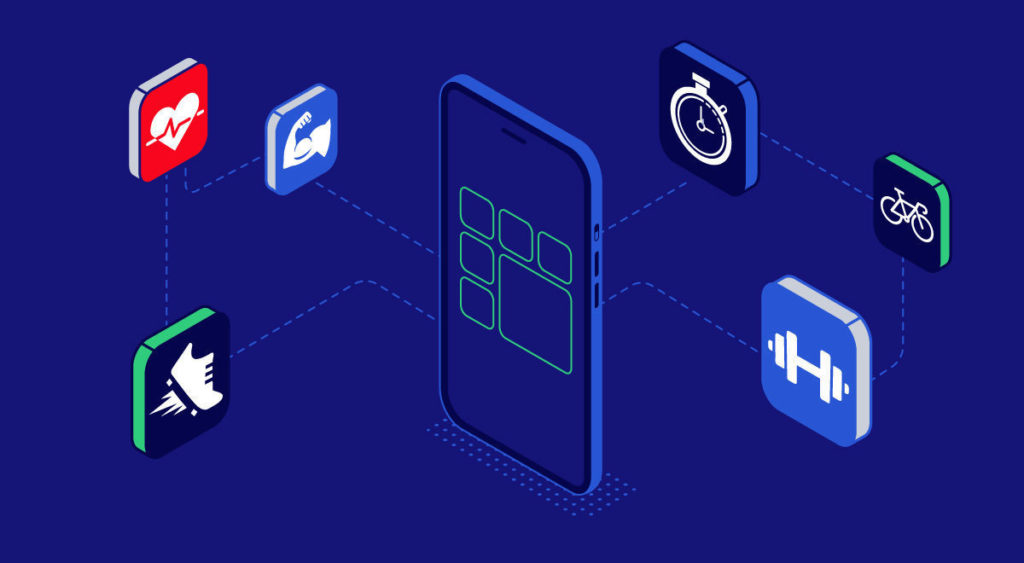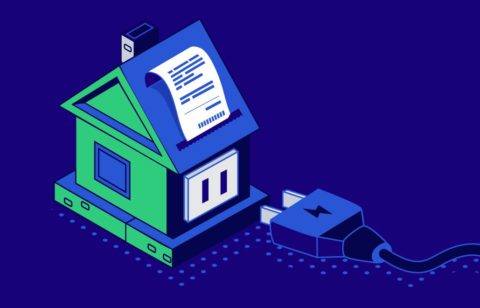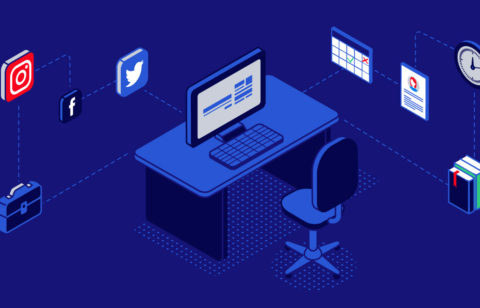Mining, sorting and processing massive amounts data is an enormous, complicated and expensive undertaking that is usually reserved only for governments and giant corporations. But big data is now having a big impact on smaller operations, as well. So much so, that big data is slowly but surely entering our daily lives.
Wearable Big Data for Optimizing Performance
Once relegated to the well-funded marketing campaigns of mega-retailers like Target, big data is now so small you can wear it on your wrist. Smart watches and bracelets generate data on everything from the number of calories we consume to patterns in our sleep to our level of activity.
Jawbone’s Up band, for example, collects 60 years worth of sleep data every single night (along with a log of steps taken and a range of other variables) in an effort to identify patterns and help wearers live healthier lives.
Personalized Big Data for Individualized Medical Care
Massive health-care entities such as insurance companies have been among big data’s biggest beneficiaries. But it has largely been relegated to the corporate level — targeting customers, identifying fraud, marketing services, etc.
But now, big data has the potential to become so small that it can enter our bodies. Personalized big data is already used in baby-monitoring applications in hospitals. By collecting data from literally every heartbeat and every breath, NICU analysts are able to predict infections in babies a full day before they show symptoms.
Currently, drug makers are working on using big data to include every human being in clinical trials instead of just a small focus group, and geneticists are talking about using it to decode entire DNA strands in just minutes. That data can then be combined with the data from smart watches and other medical-monitoring devices to deliver personal diagnoses and treatments.
Downsized Big Data for Smarter Machines
Toyota’s well-known Prius hybrid — as well as Google’s not-so-mainstream self-driving car — features GPS technology and cameras that use big data to help the vehicle navigate without human interaction. Big data is used to read smart meters for water and electricity that instantly gather and relay information. They send usage reports to power and water companies, and tell homeowners when it’s the best time to take a shower.
Measuring Metrics for Website Optimization
If your small business or at-home operation uses Google Analytics, you’re already using big data. It doesn’t require expensive, complicated hardware or massive servers, just a Gmail account. Analytics enables users to extract long-term data to make data-driven decisions based on things like how visitors to their website behave, how social-media campaigns are working or how customers react when using mobile devices.
From at-home marketing businesses to the medicine we take to the cars we drive, big data is no longer a loosely defined, mysterious concept that is understood only by giant corporations. Like our computers and stereo speakers, big data is shrinking as technology improves. Big data is getting smaller — so small, in fact, that it’s entering our homes, our cars and even our bodies.





